Home>Others>Eco-Friendly Products>How Often Should I Turn My Compost Bin
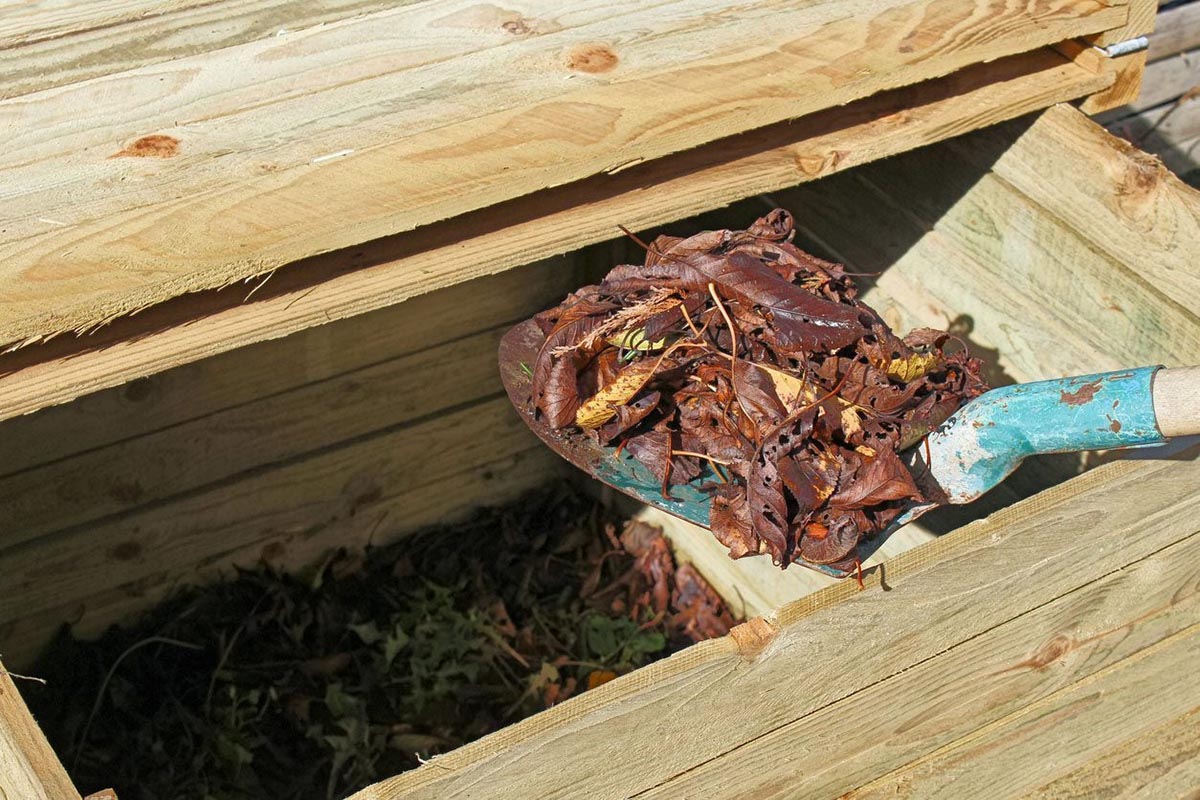

Eco-Friendly Products
How Often Should I Turn My Compost Bin
Modified: August 16, 2024
Learn about the eco-friendly practice of composting and discover how often to turn your compost bin for optimal results. Find out more here!
(Many of the links in this article redirect to a specific reviewed product. Your purchase of these products through affiliate links helps to generate commission for Storables.com, at no extra cost. Learn more)
Introduction
Composting is a rewarding and eco-friendly practice that transforms organic waste into nutrient-rich soil for your garden. Whether you're a seasoned gardener or a novice environmental enthusiast, understanding the ins and outs of composting is crucial for success. One common question that arises in the realm of composting is, "How often should I turn my compost bin?" This seemingly simple query holds the key to optimizing the composting process and reaping the benefits of your efforts.
Composting is a natural biological process that involves the decomposition of organic materials such as kitchen scraps, yard waste, and other biodegradable items. By providing the right conditions, such as aeration, moisture, and the right carbon-to-nitrogen ratio, beneficial microorganisms break down the organic matter, resulting in a nutrient-dense soil amendment known as compost. The process of composting not only reduces the amount of waste sent to landfills but also enriches the soil, promotes healthy plant growth, and minimizes the need for chemical fertilizers.
In this comprehensive guide, we will delve into the factors that influence compost bin turnover, explore the optimal frequency for turning your compost, and provide valuable tips for maximizing the efficiency of your composting efforts. Whether you're a backyard gardener, a sustainability advocate, or simply someone looking to reduce their environmental footprint, mastering the art of composting is a small yet impactful step toward a greener, more sustainable future. Let's embark on this enlightening journey to uncover the secrets of successful compost bin management.
Key Takeaways:
- Regularly turning your compost bin every one to two weeks helps aerate the materials, redistributes moisture, and accelerates the decomposition process, leading to nutrient-rich soil for your garden.
- Factors such as composting method, environmental conditions, and materials used influence the frequency of turning your compost bin, so adapt the turnover frequency based on specific conditions for optimal composting.
Read more: How Many Worms Do I Need For My Compost Bin
Understanding Composting
Composting is a natural process that mimics the decomposition of organic matter in a forest or field. When you set up a compost bin, you are essentially creating a controlled environment where microorganisms, such as bacteria and fungi, break down organic materials into a valuable soil amendment. These microorganisms require oxygen, water, and a balanced mix of carbon and nitrogen to thrive and efficiently decompose the organic matter.
The carbon-rich materials, often referred to as "browns," include items like dry leaves, straw, and shredded paper, while the nitrogen-rich materials, known as "greens," consist of kitchen scraps, grass clippings, and fresh plant trimmings. Balancing these two categories is essential for a successful composting process. A carbon-to-nitrogen ratio of about 30:1 provides an optimal environment for the microorganisms to break down the organic matter effectively.
As the microorganisms consume the organic materials, they generate heat, which is why a well-maintained compost pile or bin can reach high temperatures. This heat not only accelerates the decomposition process but also helps kill off weed seeds and pathogens, resulting in a safe and nutrient-rich end product.
Composting is not only an environmentally friendly way to manage organic waste but also plays a vital role in reducing greenhouse gas emissions. When organic materials decompose in landfills without sufficient oxygen, they produce methane, a potent greenhouse gas. By composting at home or through community composting programs, you can significantly reduce the amount of organic waste sent to landfills, thus mitigating methane emissions and contributing to a healthier planet.
Understanding the fundamentals of composting is the first step toward becoming a proficient composter. By providing the right conditions and materials, you can harness the power of nature to transform kitchen scraps, yard waste, and other organic materials into a valuable resource for your garden. Now that we have a solid grasp of the basics, let’s explore the factors that influence compost bin turnover and how they impact the composting process.
Factors Affecting Compost Bin Turnover
Several key factors influence the turnover rate of a compost bin, ultimately impacting the efficiency and effectiveness of the composting process. Understanding these factors is crucial for maintaining a healthy and productive composting environment.
- Size and Design of the Compost Bin: The size and design of your compost bin play a significant role in determining how often you should turn the compost. A larger bin with ample surface area allows for better aeration and decomposition, potentially reducing the frequency of turning. Additionally, a well-designed bin with proper ventilation can promote airflow and microbial activity, influencing the decomposition rate.
- Carbon-to-Nitrogen Ratio: As mentioned earlier, achieving the right balance of carbon-rich and nitrogen-rich materials is essential for efficient composting. A well-balanced mix provides an optimal environment for microorganisms to thrive, leading to faster decomposition and potentially reducing the frequency of turning.
- Moisture Levels: Proper moisture levels are crucial for the composting process. Materials that are too dry can impede decomposition, while excessively wet conditions can lead to unpleasant odors and slow decomposition. Monitoring and adjusting moisture levels as needed can impact the frequency of turning the compost.
- Aeration: Oxygen is vital for the aerobic microorganisms responsible for decomposition. Adequate aeration promotes microbial activity and prevents the formation of anaerobic, or oxygen-deprived, zones within the compost. A well-aerated compost pile may require less frequent turning.
- Types of Materials: The types of materials added to the compost bin can influence the decomposition rate. For example, finely shredded materials decompose more rapidly than larger pieces. Additionally, high-nitrogen materials, such as fresh grass clippings, can accelerate decomposition, potentially affecting the turnover frequency.
By considering these factors and their impact on the composting process, you can make informed decisions about how often to turn your compost bin. In the next section, we will delve into the optimal frequency for turning your compost and explore the best practices for efficient compost bin management.
Turn your compost bin every 1-2 weeks to aerate the pile and speed up decomposition. This helps create a more even breakdown of materials and prevents odors.
How Often to Turn Your Compost Bin
The frequency of turning your compost bin depends on various factors, including the composting method, the specific materials used, and the environmental conditions. While there is no one-size-fits-all answer, general guidelines can help you determine the optimal turnover frequency for your compost bin.
For traditional compost piles or bins, a common recommendation is to turn the compost every one to two weeks. This frequent turning helps aerate the materials, redistributes moisture, and accelerates the decomposition process. However, the actual frequency may vary based on the following considerations:
- Composting Method: Different composting methods, such as hot composting, cold composting, or vermicomposting, may require varying turnover frequencies. Hot composting, which involves maintaining higher temperatures for rapid decomposition, often necessitates more frequent turning to manage the heat and ensure uniform decomposition. In contrast, cold composting, which progresses at a slower pace, may require less frequent turning.
- Environmental Conditions: Factors such as ambient temperature, humidity levels, and precipitation can influence the composting process. In warmer climates, compost may decompose more rapidly, potentially requiring more frequent turning to maintain optimal conditions. Conversely, in cooler or drier environments, the turnover frequency may be adjusted accordingly.
- Materials Used: The types and proportions of materials added to the compost bin can impact the decomposition rate. A well-balanced mix of carbon-rich and nitrogen-rich materials, along with regular turning, can expedite the composting process. High-nitrogen materials, such as fresh grass clippings, may accelerate decomposition, potentially affecting the turnover frequency.
Observing the internal temperature of the compost pile can provide valuable insights into its decomposition progress. A well-maintained hot compost pile typically reaches higher temperatures, indicating active microbial activity and efficient decomposition. Regularly monitoring the temperature and visual appearance of the compost can help determine whether adjustments to the turning frequency are necessary.
Ultimately, the goal is to maintain a healthy balance of aeration, moisture, and microbial activity within the compost bin. By adapting the turnover frequency based on the specific conditions and materials involved, you can optimize the composting process and achieve a rich, crumbly, and earthy-smelling end product. In the next section, we will explore practical tips for efficiently managing the turnover of your compost bin.
Tips for Efficient Compost Bin Turning
Efficient management of your compost bin’s turnover is essential for maximizing the composting process and yielding high-quality compost. By implementing the following tips, you can streamline the turning process and ensure optimal conditions for decomposition:
- Use a Pitchfork or Compost Aerator: When turning your compost, use a pitchfork or specialized compost aerator to gently mix and aerate the materials. Avoid compacting the compost, as adequate airflow is crucial for microbial activity and decomposition.
- Monitor Moisture Levels: Regularly assess the moisture content of the compost. If the materials are too dry, lightly moisten the pile with a watering can to promote decomposition. Conversely, if the compost is overly wet, incorporate dry, carbon-rich materials and adjust the turning frequency to improve aeration.
- Balance Green and Brown Materials: Maintain a balanced mix of green and brown materials to optimize decomposition. Layering or mixing these materials during turning can enhance the composting process and prevent odors or potential issues stemming from imbalanced ratios.
- Consider Composting Additives: Introducing compost accelerators or activators can enhance microbial activity and expedite decomposition. These additives often contain beneficial microorganisms and enzymes that facilitate the breakdown of organic matter, potentially reducing the required turnover frequency.
- Utilize Multiple Bins or Piles: If space allows, consider managing multiple compost bins or piles. This approach enables a rotational system where fresh materials can be added to one bin while another undergoes decomposition. Turning and aerating the compost in each bin at appropriate intervals can optimize the overall composting process.
- Observe Temperature and Decomposition Progress: Regularly monitor the internal temperature of the compost pile using a compost thermometer. Additionally, visually inspect the materials for signs of decomposition, such as a dark, crumbly texture and an earthy aroma. Adjust the turning frequency based on the observed progress.
By incorporating these strategies into your compost bin management routine, you can streamline the turning process, promote efficient decomposition, and produce high-quality compost for your gardening endeavors. Remember that the key to successful composting lies in maintaining a harmonious balance of organic materials, aeration, and moisture, all of which can be optimized through mindful and strategic compost bin turnover.
With these tips in mind, you are well-equipped to embark on a journey toward more effective and sustainable composting practices. As we conclude this guide, let’s reflect on the valuable insights gained and the potential impact of optimizing the turnover of your compost bin.
Read more: Where Should A Compost Bin Be Placed
Conclusion
Composting is a transformative process that empowers individuals to minimize waste, enrich the soil, and contribute to a more sustainable environment. The frequency of turning your compost bin plays a pivotal role in nurturing the decomposition of organic materials and cultivating nutrient-rich compost. By understanding the factors that influence compost bin turnover and implementing best practices for efficient management, you can harness the full potential of composting and reap the rewards for your garden and the planet.
Throughout this guide, we’ve delved into the fundamental principles of composting, explored the factors affecting compost bin turnover, and discussed the optimal frequency for turning your compost. By considering elements such as the composting method, environmental conditions, and the types of materials used, you can tailor your approach to suit the unique needs of your composting endeavors.
Efficient compost bin turning is not merely a chore but a vital component of the composting journey. By utilizing tools such as pitchforks or compost aerators, balancing moisture levels, and monitoring decomposition progress, you can cultivate a thriving compost pile that yields nutrient-dense compost for your gardening projects.
As you embark on your composting odyssey, remember that each turn of the compost bin is a step toward sustainability and environmental stewardship. By diverting organic waste from landfills, mitigating greenhouse gas emissions, and nurturing healthy, vibrant gardens, you are contributing to a greener, more sustainable future for generations to come.
Armed with the knowledge and insights gained from this guide, you are poised to elevate your composting practices and make a meaningful impact on the world around you. Embrace the art of composting with enthusiasm and dedication, knowing that every turn of the compost bin brings you closer to a more sustainable and harmonious coexistence with nature.
Now, with a renewed sense of purpose and understanding, go forth and let the rhythm of compost bin turnover guide you toward a bountiful harvest and a greener, more vibrant world.
Frequently Asked Questions about How Often Should I Turn My Compost Bin
Was this page helpful?
At Storables.com, we guarantee accurate and reliable information. Our content, validated by Expert Board Contributors, is crafted following stringent Editorial Policies. We're committed to providing you with well-researched, expert-backed insights for all your informational needs.
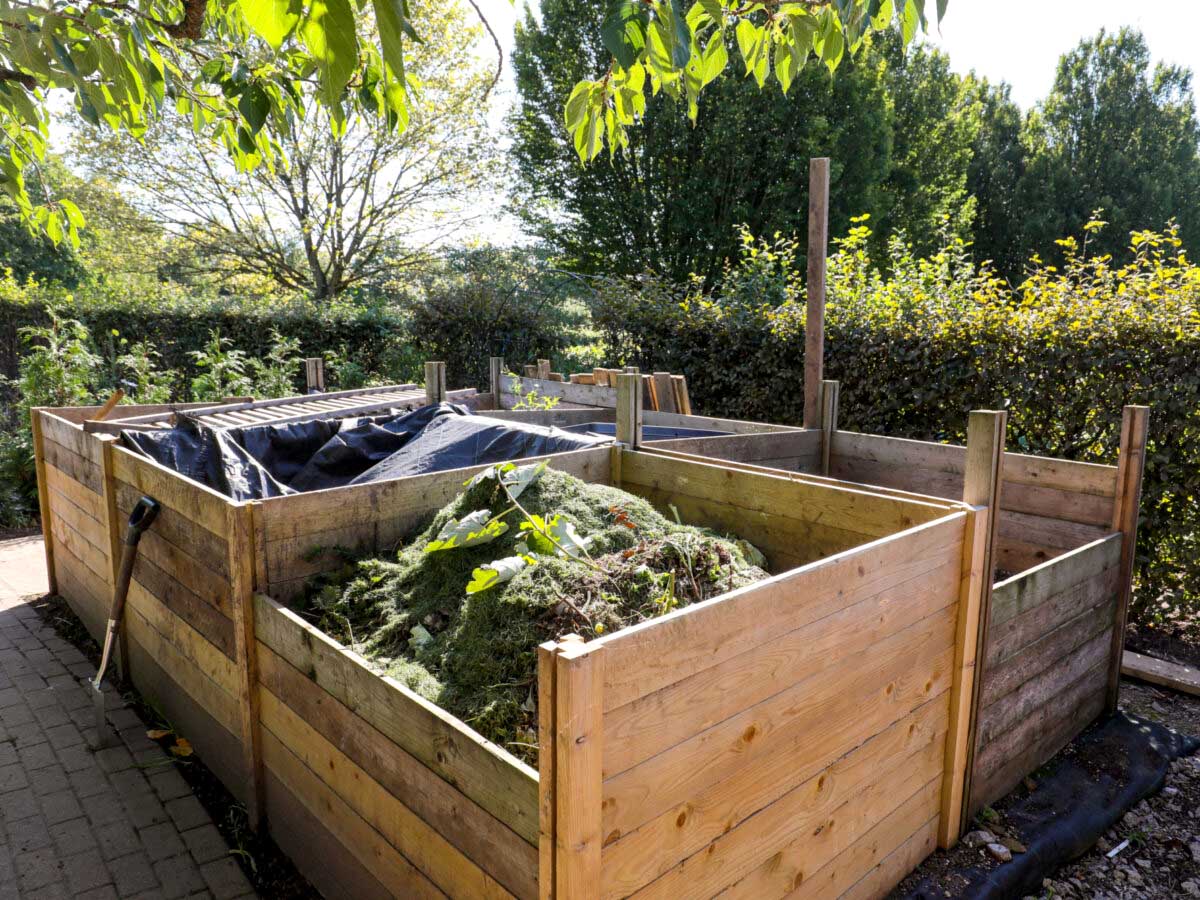
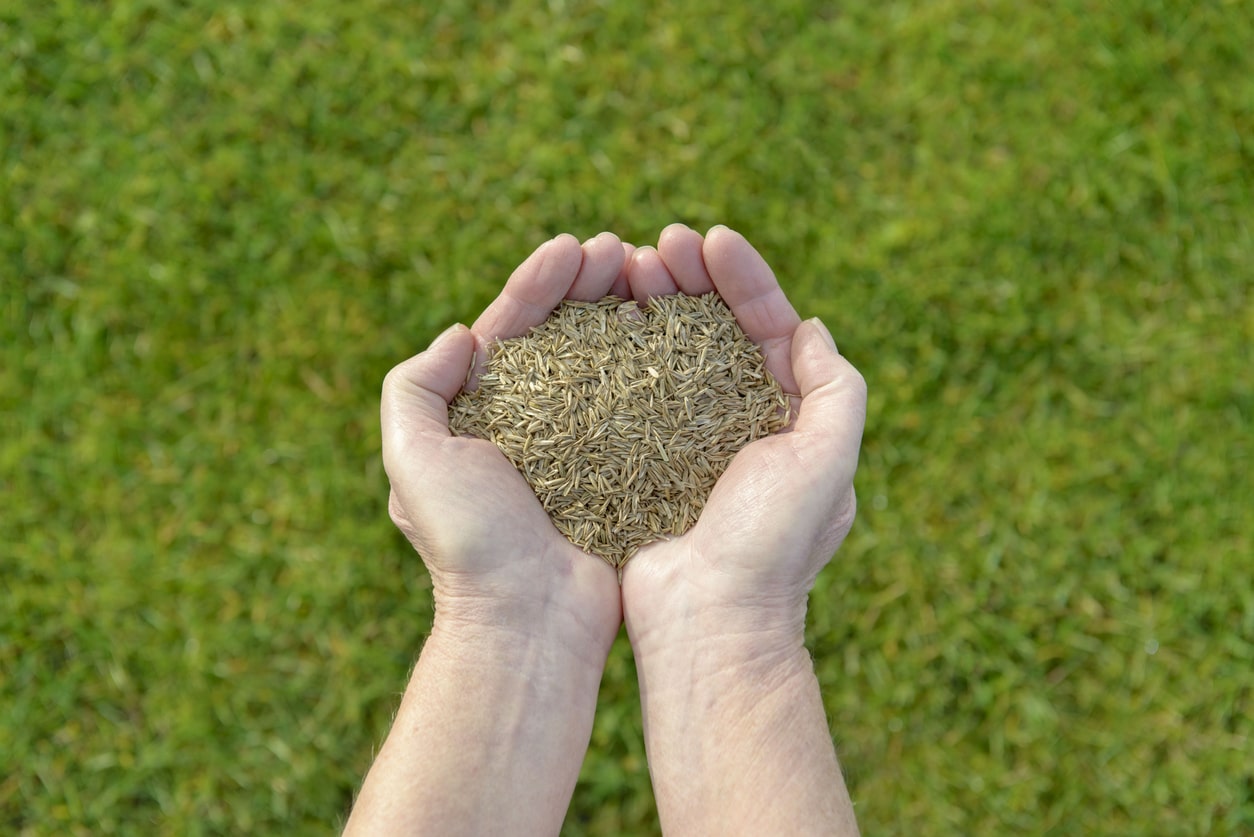
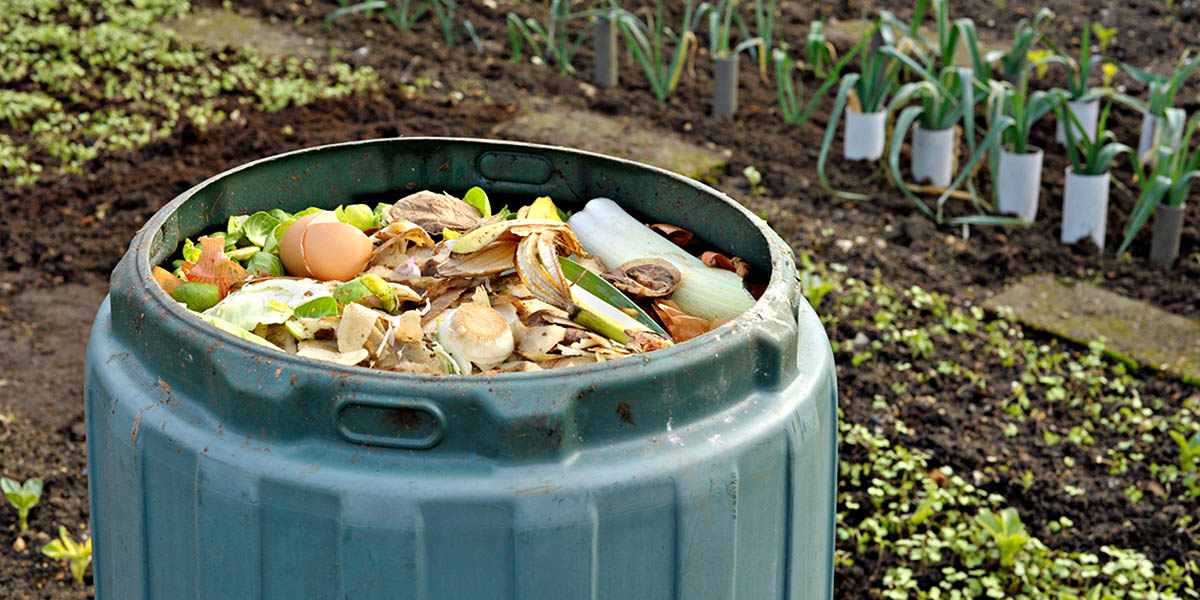

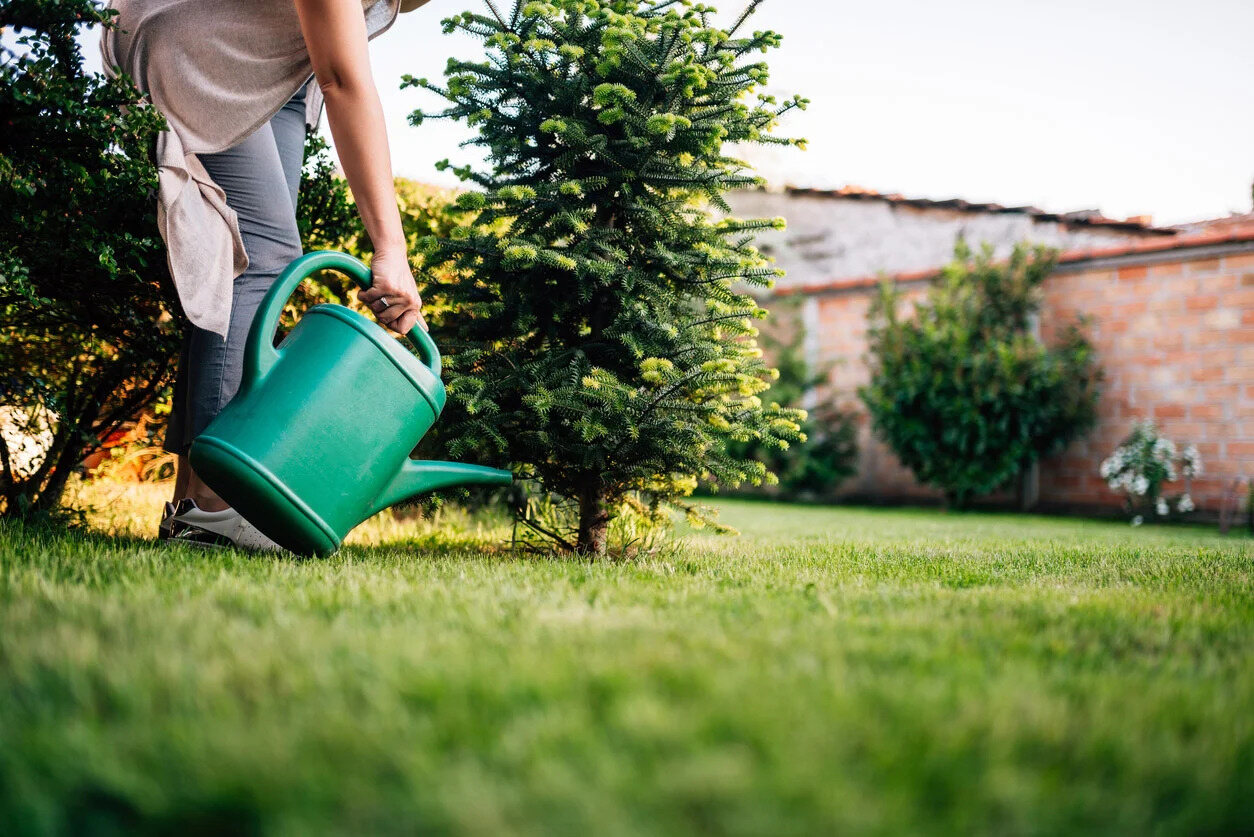
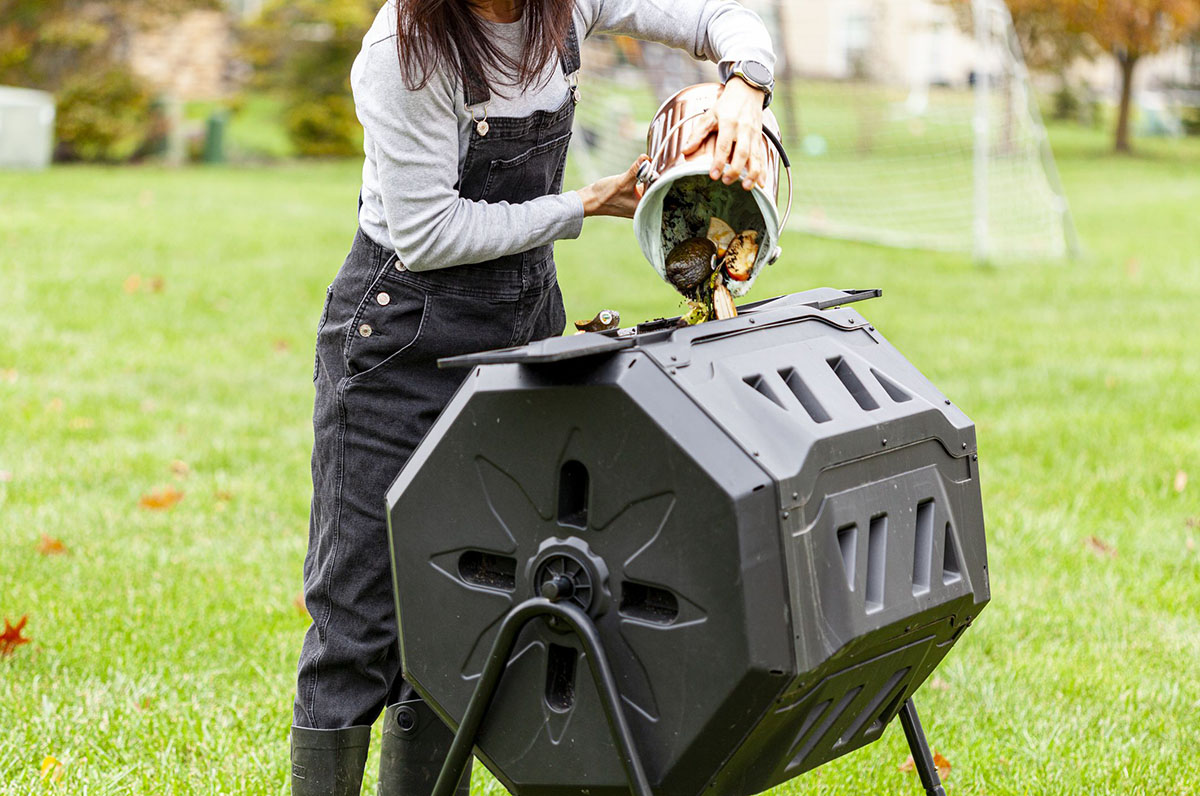
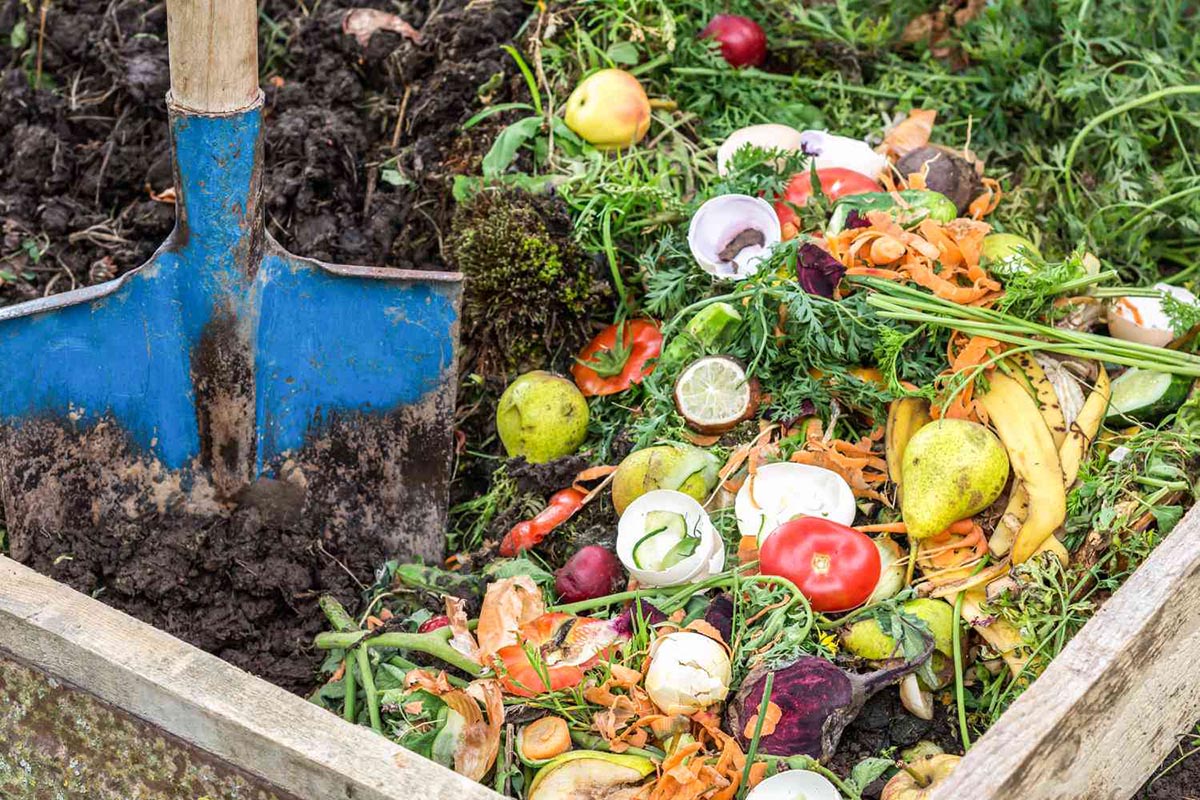
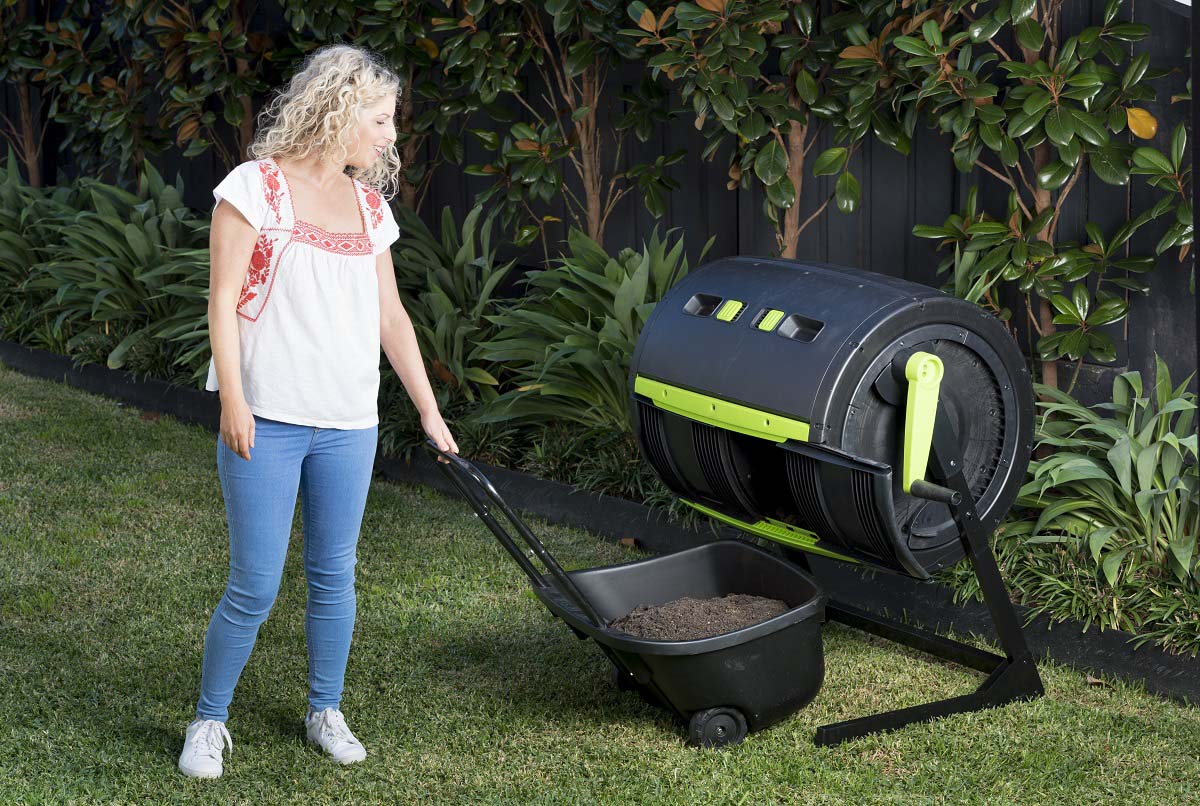
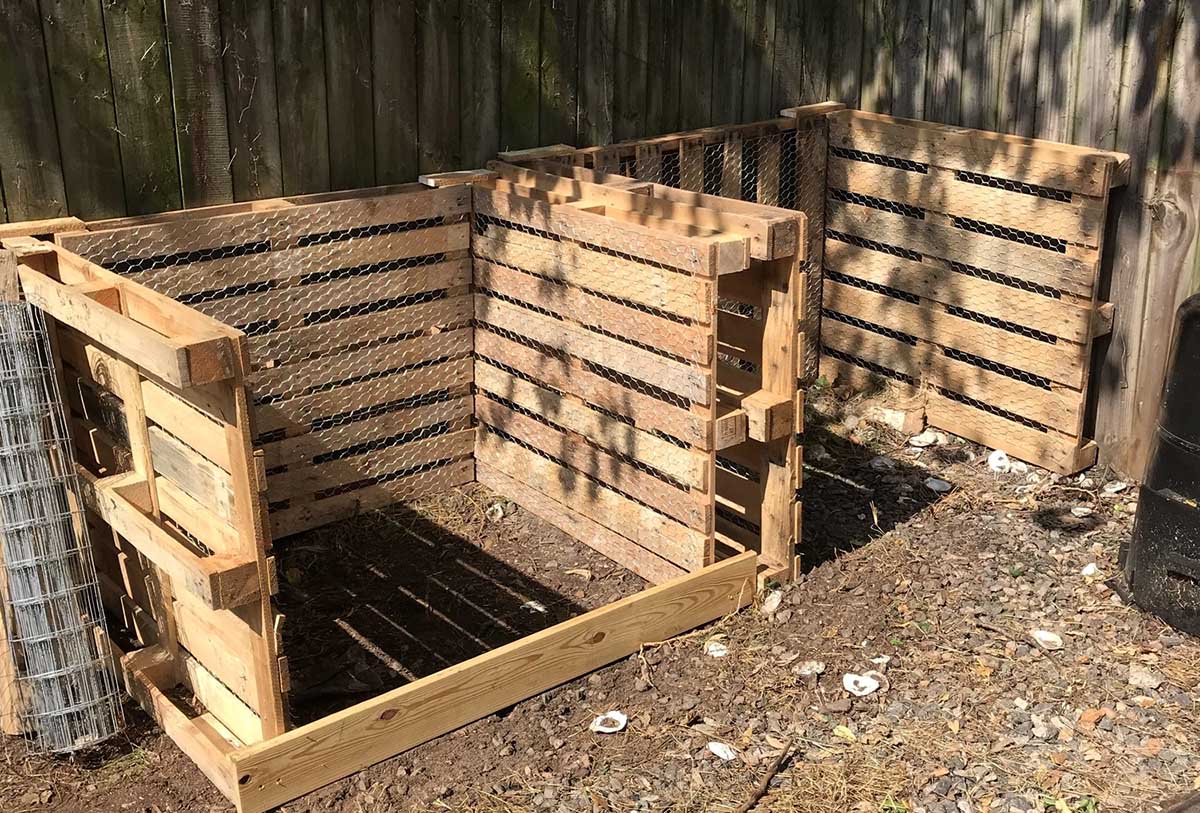

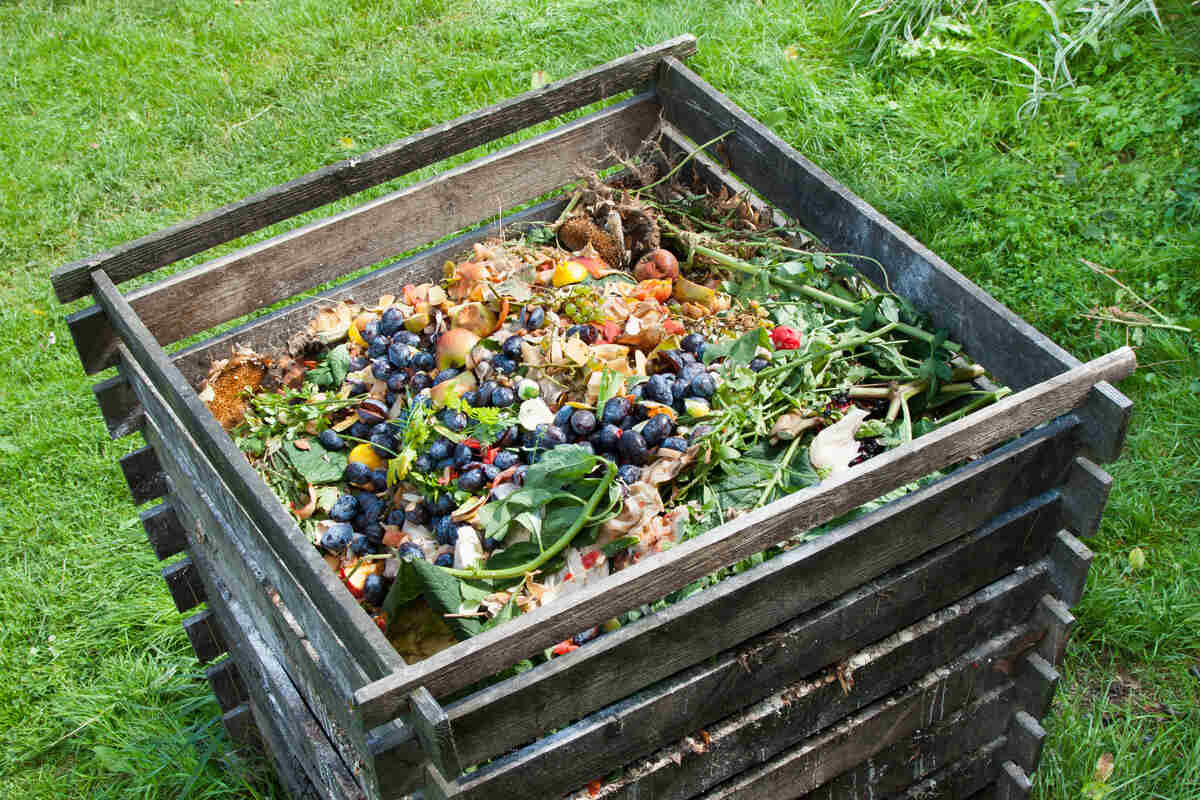
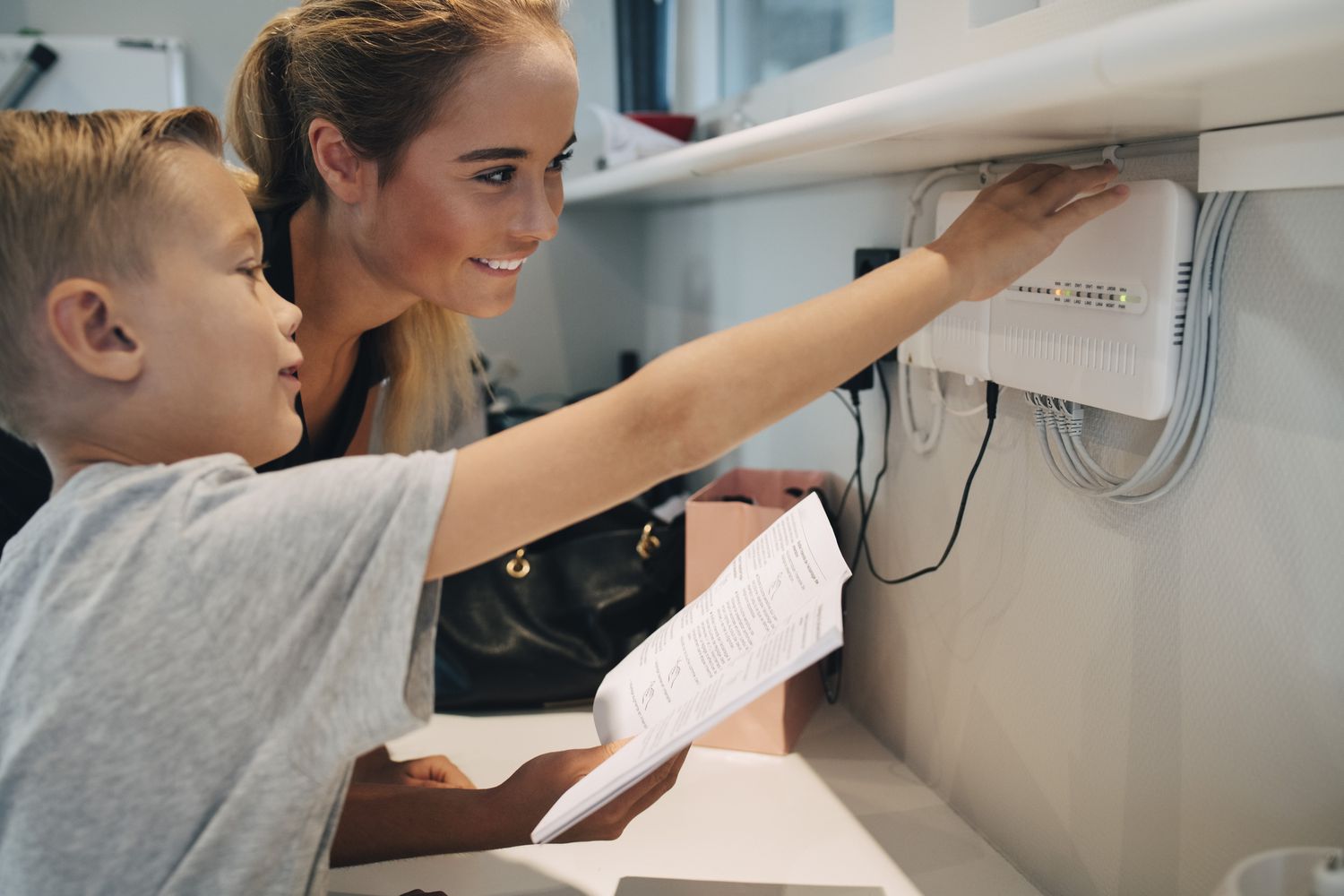
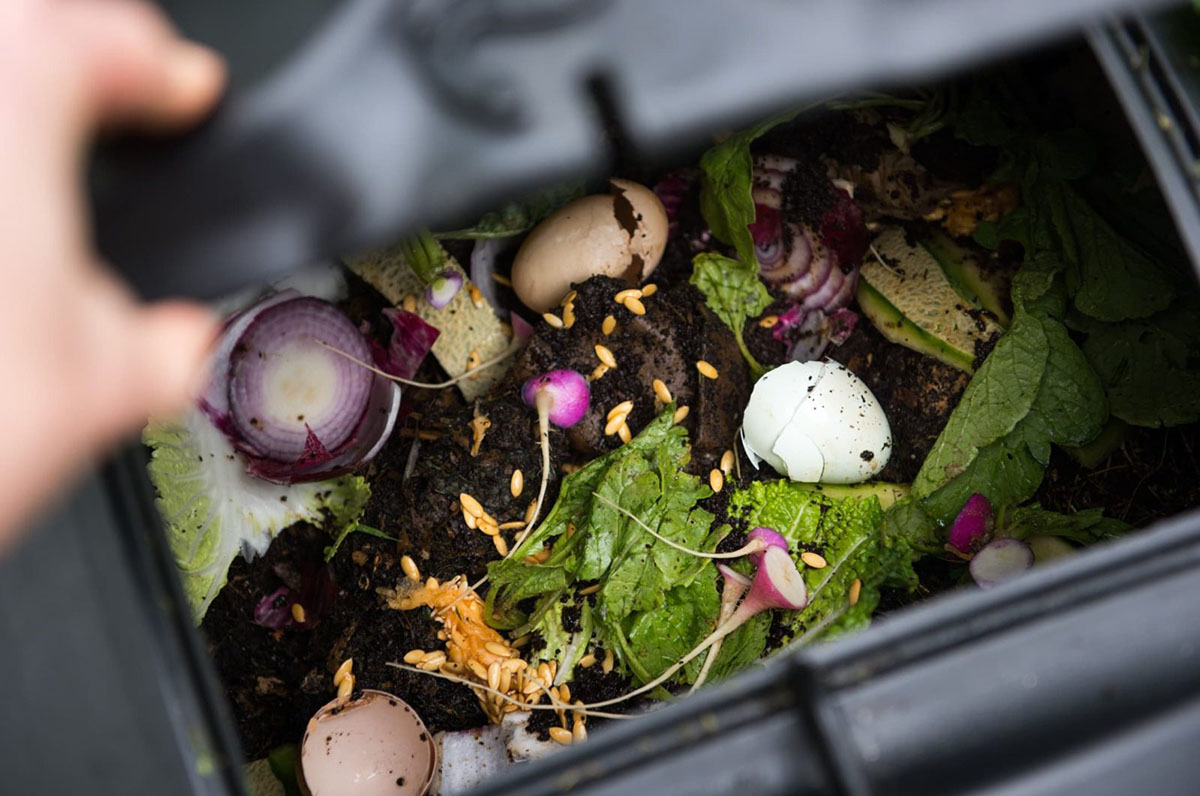
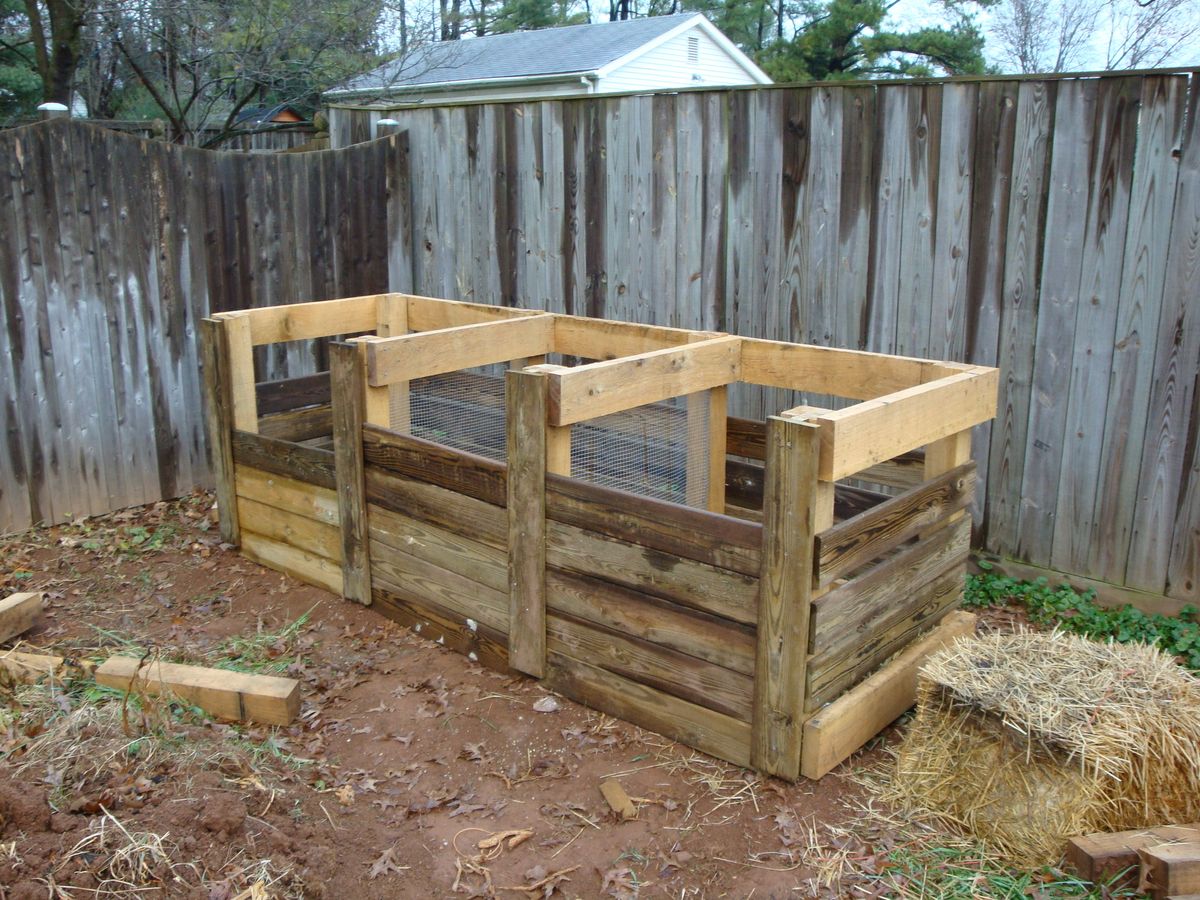

0 thoughts on “How Often Should I Turn My Compost Bin”